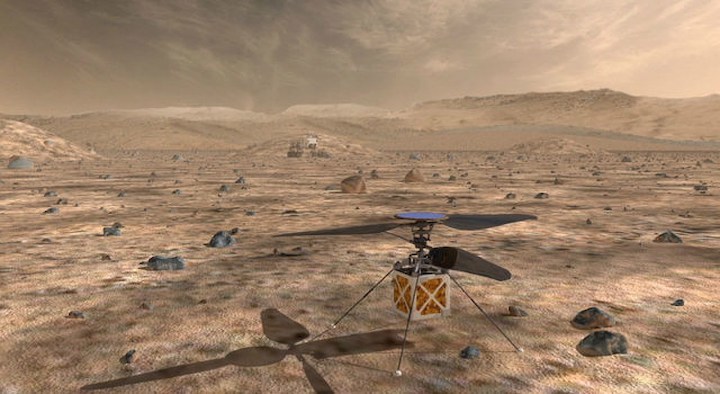5.10.2019

In the next decade or so, it’s entirely possible that you’ll see a headline announcing that NASA has found evidence of life in space.
Would that news cause you to run screaming into the street? An article that appeared recently in Britain’s Sunday Telegraph hints that Jim Green, the director of NASA’s Planetary Science Division, thinks the public might be discombobulated by the discovery of biology beyond the bounds of our own planet. But that’s not really what Green believes. He’s concerned that we haven’t thought much about the next steps by scientists, should we suddenly confront the reality of Martian life.
Here’s the backstory: In 2020, Mars and Earth will once again be relatively close to each other in their adjacent orbits around the sun. To take advantage of this fortuitous orbital circumstance, space agencies will be lobbing a small brigade of spacecraft toward the Red Planet. Unlike the robotic explorers now prowling Mars’ dusty landscapes, these new craft — launched by both NASA and a European-Russian collaboration — will be engaged in a type of reconnaissance that hasn’t been tried since NASA’s Viking landers set down there in the mid-1970s. The new craft will go beyond merely scouting for locations that were once suitable for life. They’ll be on the hunt for life itself. Dead or alive.
It’s the imminent dispatch of these new robotic explorers that prompted Green to say that we might learn of life on Mars within a few years. They could dig up compelling evidence of biology. But he also said that the next steps are murky. Now, he wasn’t saying that news of extraterrestrial life would inevitably disquiet the public. We know it won’t because, after all, we ran that experiment more than two decades ago.
In 1996, the blockbuster science news story of the year was a claim that fossilized microbes had been found in a meteorite known to be a hunk of ancient Martian regolith, or soil. The meteorite — known as ALH 84001 — was a small sample of Mars that seemingly contained shadowy corpses of ancient microbes.
This was a huge story, but the public’s reaction was as calm as the dawn. Folks just wanted to know more. Sadly, the Martian meteorite story changed as the evidence was examined by other researchers. The argument for ancient microbes on the Red Planet was weak.
The point is that the public found this story intriguing, but not alarming. It was about life on Mars, yes, but bacteria-like life — and long dead, at that.
